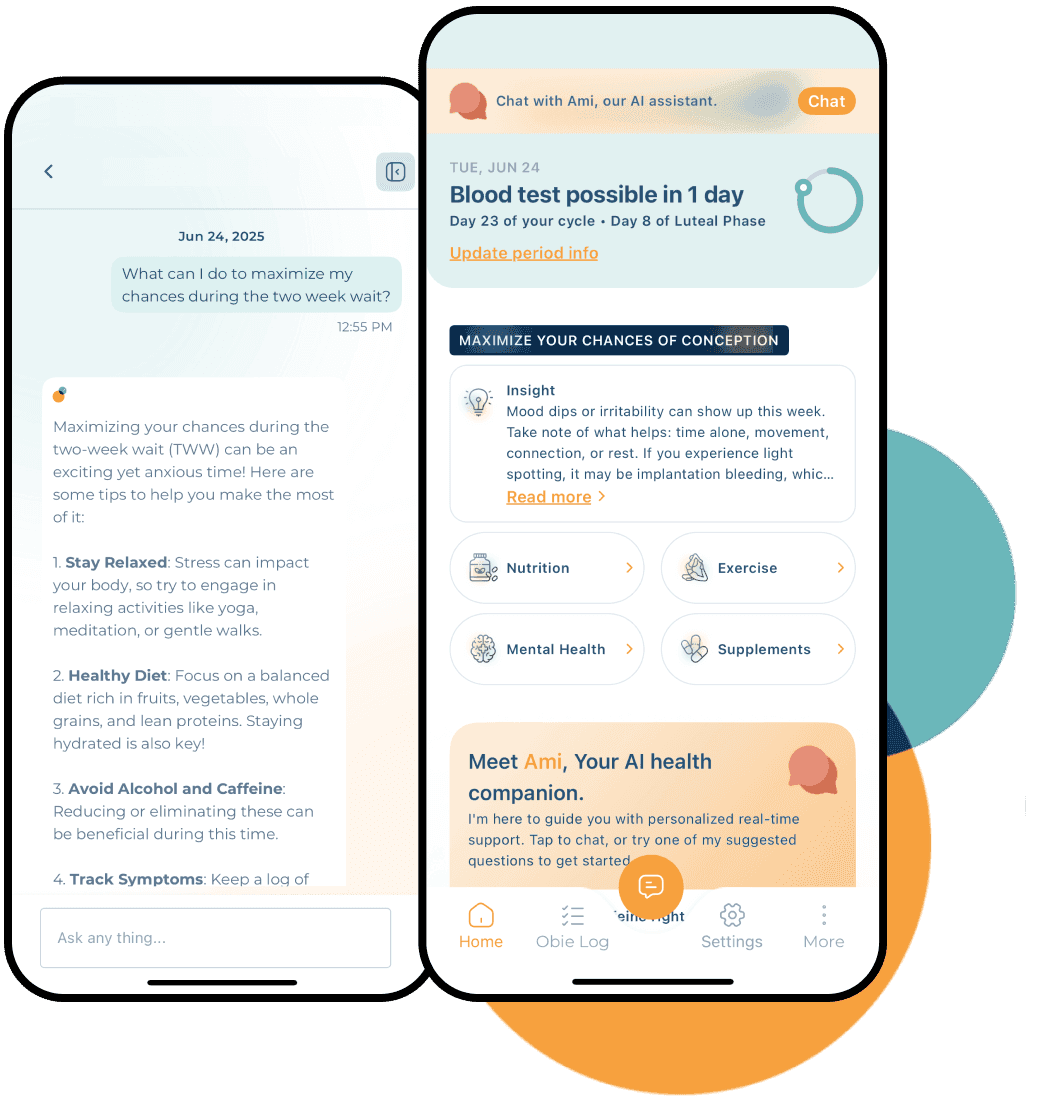Fertility Tools
Implantation Calculator: Calculate When the Embryo Implants
Curious about when implantation might happen? Our implantation calculator is here to help! Implantation is a crucial step in early pregnancy, when the fertilized egg attaches to the uterine wall, and it typically occurs 6-12 days after ovulation. By entering key details like your ovulation date or menstrual date, this calculator can estimate when implantation may occur, giving you a better understanding of your early pregnancy timeline. Whether you're trying to conceive or just want to track your cycle, this tool provides a simple way to anticipate this important milestone.

Implantation Calculator
Implantation is uncertain — your support doesn’t have to be.
Use the Obie to answer pressing questions and get critical support during your two-week-wait. Download the Obie app!

Download Our App










